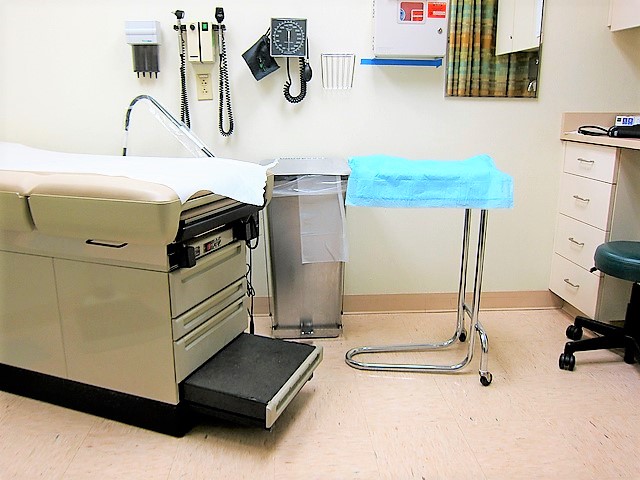Swelling, bleeding and even death – women who donate their eggs face many medical risks
By Priyanka Vora,
Scroll.in
| 06. 20. 2018
Last year, shortly after she had donated her eggs for the eighth time since 2009, Shabana Memon* resolved never to undergo the procedure again. “The swelling began after I took the injection for donating eggs at a clinic in Thane,” said 31-year-old Memon, who lives in the Mumbai neighbourhood of Wadala. The infertility clinic paid Memon Rs 28,000 to undergo the procedure and retrieve her eggs. The clinic told her that she had developed an allergy and gave her a course of medicines free of cost. They asserted that the swelling was not related to the procedure. But her condition did not improve. Memon went to another clinic in her neighbourhood and spent Rs 10,000 on treatment.
In April 2018, she visited a clinic in South Mumbai to donate her eggs again, even though the doctor discouraged her from doing so. But she needed the money. Her husband, a zari worker, had been diagnosed with tongue cancer earlier this year. She has three children aged 12,11 and four. “I have five mouths to feed and that can’t be done with...
Related Articles
By Josie Ensor, The Times | 12.09.2025
A fertility start-up that promises to screen embryos to give would-be parents their “best baby” has come under fire for a “misuse of science”.
Nucleus Genomics describes its mission as “IVF for genetic optimisation”, offering advanced embryo testing that allows...
By Katherine Long, Ben Foldy, and Lingling Wei, The Wall Street Journal | 12.13.2025
Inside a closed Los Angeles courtroom, something wasn’t right.
Clerks working for family court Judge Amy Pellman were reviewing routine surrogacy petitions when they spotted an unusual pattern: the same name, again and again.
A Chinese billionaire was seeking parental...
By Sarah A. Topol, The New York Times Magazine | 12.14.2025
The women in House 3 rarely had a chance to speak to the women in House 5, but when they did, the things they heard scared them. They didn’t actually know where House 5 was, only that it was huge...
By Tina Stevens, CounterPunch | 12.11.2025
Silicon Valley and other high tech billionaires are investing millions in start-ups dedicated to creating genetically engineered (GE) babies, according to a recent Wall Street Journal (WSJ) report. AI mogul Sam Altman, cryptocurrency entrepreneur Brian Armstrong, venture capitalist Peter...




